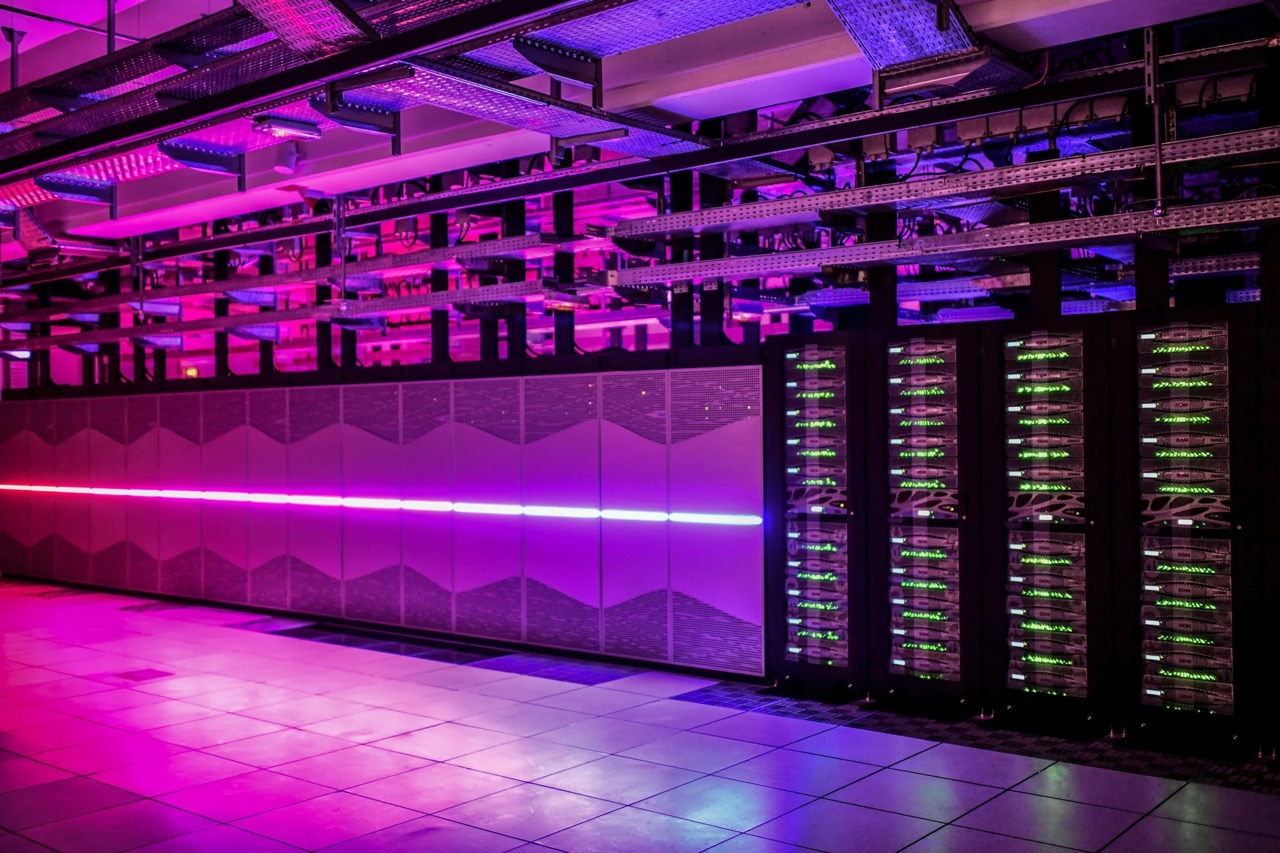Share This Article
UK supercomputers to become 30 times more powerful
The Department for Technology focuses on UK supercomputers and will fund developments in this area. The decision follows the active development of artificial intelligence and increased interest in products based on it.
The UK currently has two of the world’s most powerful supercomputers, one in Cambridge and the other in Bristol. Together, they form the government’s single AI technology research organisation. This organisation aims to be a driver of innovation, focusing on the safety and security of using AI.
In late 2023, the UK hosted a summit on AI and the risks associated with its use. Experts discussed mechanisms to ensure safety and the creation of algorithms for action in the event of a threat from advanced technologies. The summit also adopted a new strategy for developing innovation based on the use of two supercomputers. They helped set up a system that gives experts unlimited resources. It is 30 times more powerful than all the AI tools available in the UK. In this way, the government hopes to advance the development of AI technology and expand its use in various sectors of the economy.
Researchers will focus on:
- security and threat prevention;
- developments in health and medicine;
- creating new effective medicines;
- clean energy development and transition to a sustainable economy.
To this end, the government has increased investment in the AI sector to £300m. In March 2023, research funding was £ 100 m.

Features of UK supercomputers
The Isambard-AI supercomputer in Bristol will also benefit from the investment. It will become the UK’s most advanced machine, exceeding its current performance by a factor of 10. To achieve this, it will contain 5,000 new-generation chips from Nvidia. Hewlett Packard Corporation will build the computer itself. The modernisation of the Isambard AI system has cost £225 million.
This supercomputer makes 200 quadrillion calculations per second, and its performance is 200 petaflops. If humans made decisions every second, it would take 6.3 billion years to catch up with the machines.
Dawn is the UK’s second-most powerful machine, based at the University of Cambridge. Dell Corporation and SME StackHPC have collaborated on this project. This supercomputer will also be equipped with 1,000 Intel chips, water-cooling capability, and an innovative power management system. The machine will have applications in healthcare and the development of fusion energy. The supercomputer will also help analyse, predict and model various climate change scenarios.

